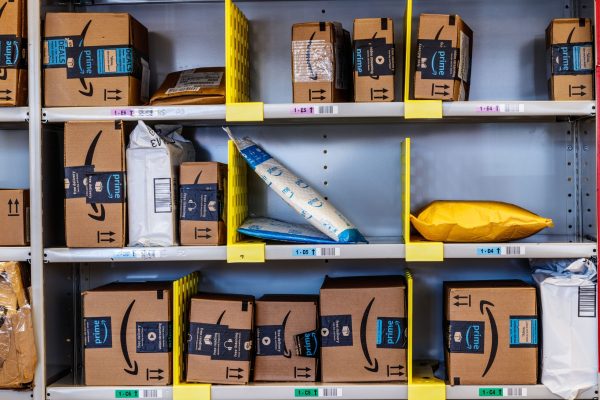Global ecommerce sales reached nearly $3 trillion last year – a huge growth of 18% from the year before. The top 10 ecommerce destinations worldwide grew by an average of 16.5%, while international ecommerce is forecast to approach $5 trillion by 2021. The evidence is clear: a vast number of e-tailers are reaching new markets, satisfying new consumers who are heading online to purchase their goods.
For ambitious online retailers, the common goal is to expand globally, introducing their brands to different countries and tapping into new customer bases. International expansion is exciting, but businesses need to prepare in the right way and gather the appropriate information to ensure the best chance of success.
Get to grips with rules and regulations
The first question retailers tend to ask themselves is how they are going to manage shipping and fulfil orders to different countries. International logistics solutions experts make this straightforward and easy for you, freeing you up to learn about the new market you’re planning on selling to.
When exploring new territories, it’s vital to grasp the specific rules and regulations for selling online in potential countries. This means getting to grips with the customs, duties and taxes of these places, which can be time-consuming to unravel.
Many e-tailers around the world dream of cracking the giant US ecommerce market, for example, but it’s important to note that the US is a federal system, not a single national market. Retailers must treat each state as a separate entity with its own procedures. The US tax system is complicated and taxes can be imposed by both the federal government and individual states.
China is another giant ecommerce market, and regulations governing the import of goods into this country are constantly changing; furthermore, many of its standards are not aligned with established international ones. It’s easy for companies to get ‘lost’ among Chinese rules, so take great care over certification requirements that apply to your business.
Selling to Europe is often regarded as a much easier challenge, but there are factors to be wary of. For example, the European Union has standard rules on VAT, but they may be applied differently in each country. Additionally, each member state has its own reporting threshold called Instrastat declarations, which are mandatory statistical returns. Failure to comply will result in penalties and, in worst-case scenarios, your seller account being shut down.
When it comes to meeting the specific rules and regulations of new destinations, our advice is to check the relevant government portals and contact a global expert in international delivery.
Consumer trends and behaviours
Understanding your new customer base is absolutely vital and will influence the way you conduct your business. Retailers wanting to sell to the US, for example, will need to have an excellent returns process, since most Americans consider difficult returns to be the major obstacle in online shopping. Six of the top ten fastest-growing ecommerce countries hail from the Asia-Pacific region, led by India and the Philippines, but this doesn’t mean these customers are easily reached and satisfied. Santander reported that: ‘Companies wishing to reach as many [Indian] consumers as possible must make significant efforts in terms of market penetration’ while Forbes stated that ‘trust is still a huge barrier’ when it comes to selling to Filipino consumers. The upshot of this is that, if you can secure their trust with marketing and technology, then you will boost your chances of success.
Meanwhile, Latin America boasts the top-growing regional ecommerce market, with Mexico displaying huge growth of 35%. Overseas shopping forms a significant part of this: according to research, 67% of consumers are shopping from international sites. The most popular online categories in this country are electronics, travel goods and household items. Are your products suited to this blossoming market and could you gain a foothold here?
When it comes to deciding where in the world you want to expand to next, we recommend learning all about the people first and foremost as they will be central to your success.
Sprint Logistics is a premium logistics and fulfilment company for worldwide customers looking for bespoke solutions. We understand the importance of straightforward, hassle-free global expansion, which is why we have the experts, facilities and technology to cover all your needs.
If you have any questions about preparing to sell internationally, please get in touch.




